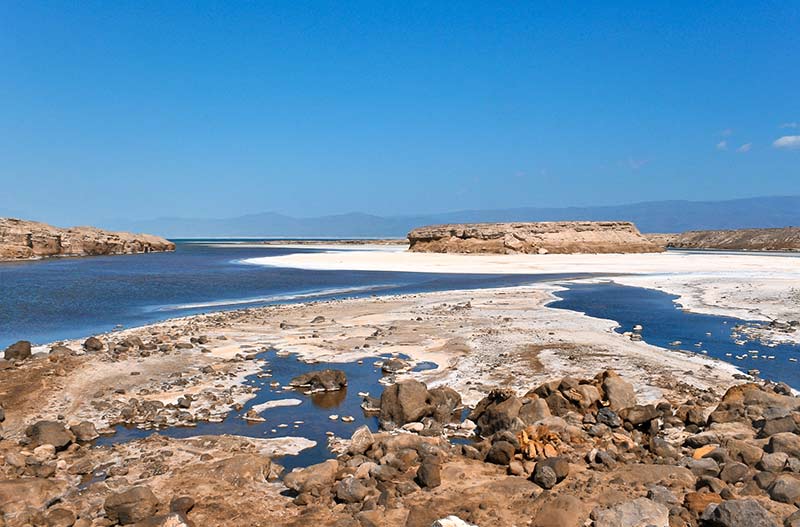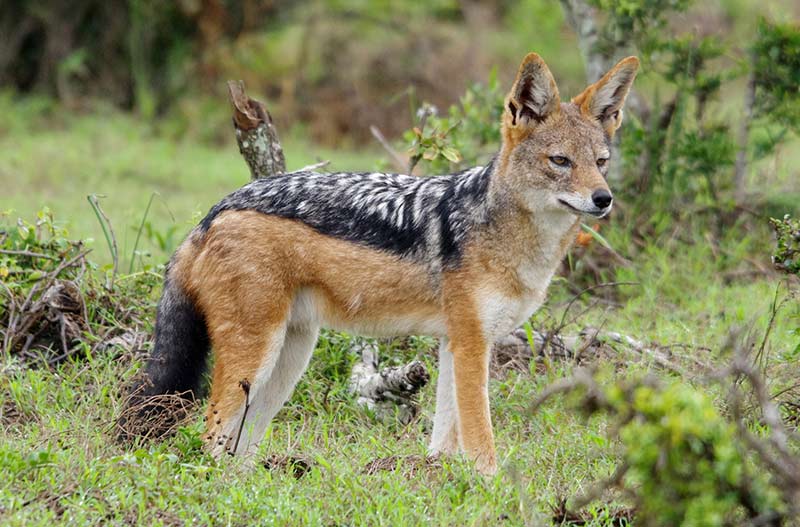Most of the land in Djibouti is desert. However, wildlife vegetation is made up of semi-desert grassland, shrub land and succulent scrub. Coastal area consists of desert and mangrove. Dry evergreen forests are in the mountains of Mount Goda in the Day National Park near Tadjoura and Mabla Mountains. On Mount Goda, near Tadjoura, there are rare giant juniper trees, acacias, and wild olive trees. However, most of the vegetation is typical of the desert and semi-desert, consisting of thorn scrubs and palm trees. 534 species of plants are recorded in the Goda and Mabla Mountains including a number of endemic species. Two species of particular interest are the Nubian tree (Dracaena ombet) and the Bankouale palm (Livistona carinensis) in the National Park.[5][8] Other species reported as unique to Djibouti are: Aloe djiboutiensis, Aloe ericahenriettae, Euphorbia godana, Euphorbia amicorum, Phagnalon lavranosii, Cynoglossopsis somaliensis, Caralluma mireillae, Polygala goudahensis and Matthiola puntensis.
Vegetation recorded on the periphery of lakes, pans, wadi valley beds and coastal foothills are: Cenchrus ciliaris, Aeloropus lagopoides, Aeloropus persica, Cenchrus ciliaris, Calatropis procera, Cyperus cconglomeratus, Eleusine compressa, Halopeplis perfoliata, Heliotropum pterocarpum, Panicum turgidum, Salsola forskalii, Sporobolus spicatus, Suaeda monoica, Trianthema crystalline and Urochondra setulosa. Acacia tortilis and cadaba glandulosa are also found on some of the wadis.
The medicinal plant khat Catha edulis, endemic to Djibouti, whose effect is a state of euphoria.


